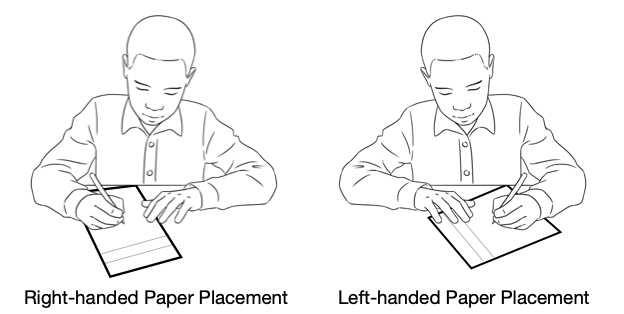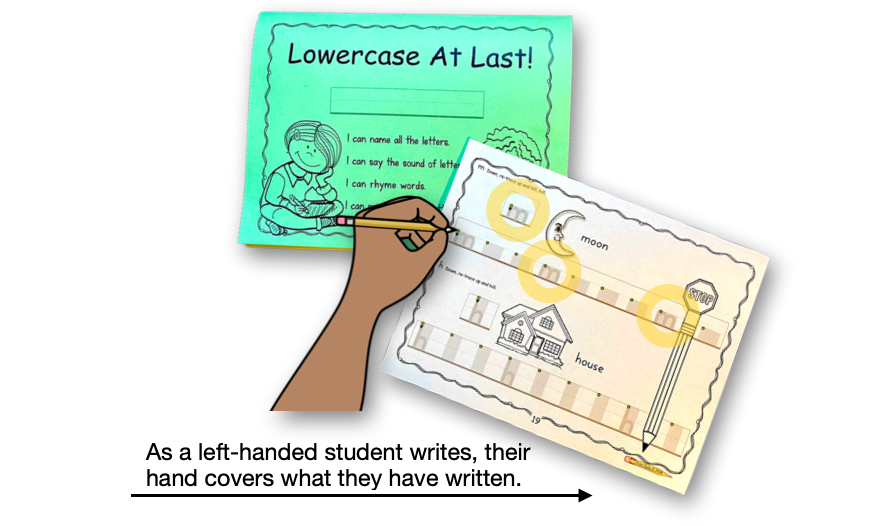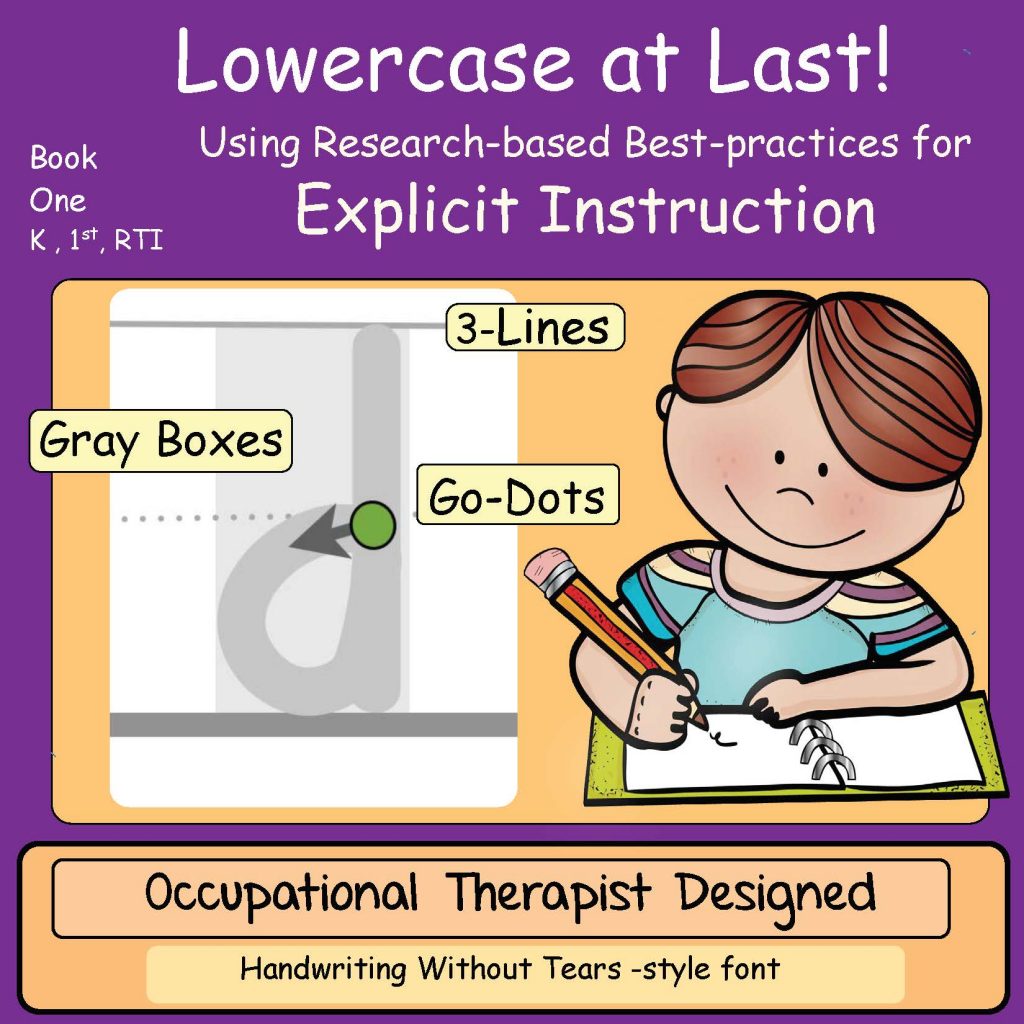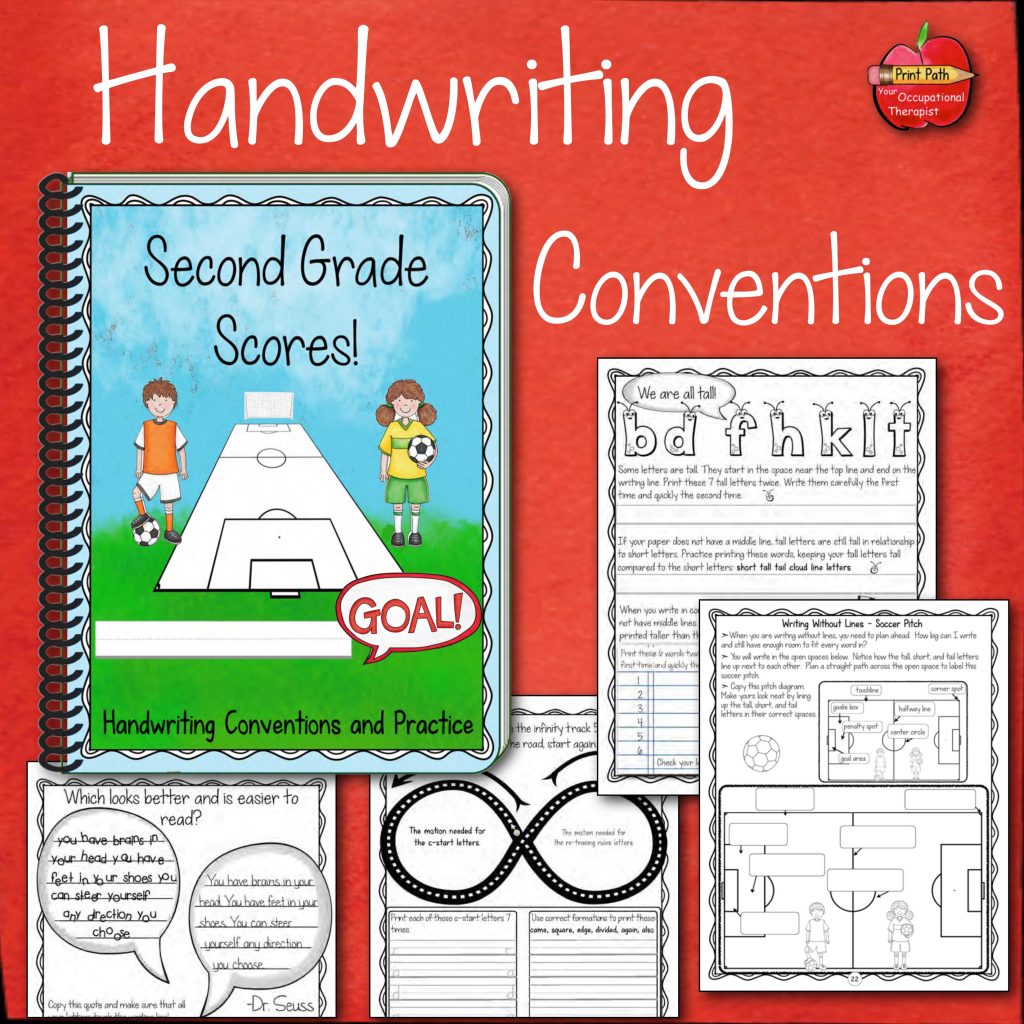In the diverse classroom landscape, teachers encounter students with various needs and preferences, including the unique challenges left-handed students face when it comes to learning handwriting. While most instructional materials cater to right-handed individuals, educators must adapt their approach to accommodate left-handed learners effectively. This blog post will explore some essential considerations and strategies for teaching handwriting to left-handed students.
Understanding the Differences:
Left-handed writers exhibit distinct preferences in their writing posture and letter formation compared to their right-handed counterparts. A left-handed student may:
- Use an exaggerated right slant of their paper.
- Hold the pencil higher on the shaft.
- Cross letters like ‘t’ from right to left instead of left to right.

Recognizing and acknowledging these differences is the first step in creating an inclusive learning environment.
Providing Clear Models:
One of the key aspects of teaching left-handed students is ensuring they have clear models to emulate. When I design my handwriting instruction resources, I incorporate models not only above the writing line but also on both the right and left sides of the writing line. This ensures that right- and left-handed students have visible models that foster a better understanding of letter formation.

Optimizing Classroom Setup:
Consider the physical arrangement of desks when placing students together at tables. Ensure that left-handed students sit on the left edge of the table to prevent collisions between their elbows and those of right-handed students. This simple adjustment can significantly enhance the comfort and efficiency of left-handed learners during writing activities.
Conclusion:
Teaching handwriting to left-handed students requires a thoughtful and inclusive approach. By recognizing the unique characteristics of left-handed writing, providing clear models, and optimizing the physical setup of the classroom, educators can create an environment where all students, regardless of their dominant hand, can thrive in developing their handwriting skills. As we continue to learn from research and adapt our teaching methods, we pave the way for a more inclusive and supportive educational experience for every student.
Continued Reading:
- “Left-handed teaching techniques for the right-handed” by M. J. Longo-Bartel (2000): This resource delves into effective teaching techniques specifically tailored for left-handed individuals in a predominantly right-handed world. It offers insights into creating an inclusive learning environment that caters to the unique needs of left-handed students.
- “Left-handed People in a Right-handed World: A Phenomenological Study” by Y. Masud and M. A. Ajmal (2012): This phenomenological study explores the experiences of left-handed individuals in a world predominantly designed for right-handed individuals. It sheds light on the challenges faced by left-handed students and provides valuable insights for educators seeking to enhance their teaching methods.
- “A comparison of dominant and non-dominant hand function in both right- and left-handed individuals using the Southampton Hand Assessment Procedure (SHAP)” by I. C. B. Mcsp and J. A. Dipcot (2003): This research compares dominant and non-dominant hand functions in both right and left-handed individuals, offering a scientific perspective on hand function. Understanding the nuances of left-handedness can inform instructional strategies and improve the overall learning experience for left-handed students.
Find these resources and more @ Print Path OT on Tpt







